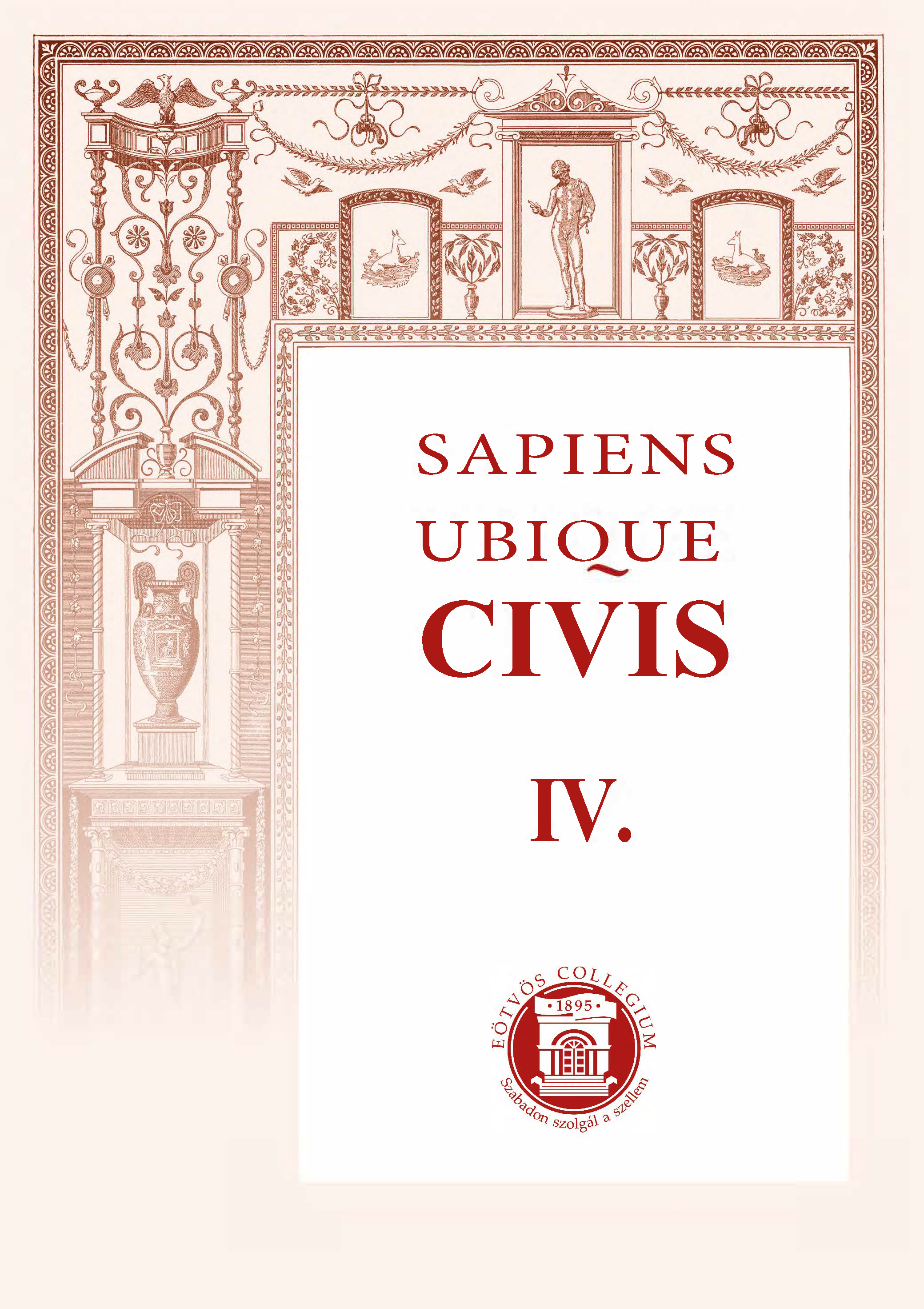Eating With The Eyes The Visual Appearance of Food in Horace’s cena Nasidieni (Satire II.8) and Juvenal’s cena Virronis (Satire 5)
Main Article Content
Abstract
That visual imagery and food are salient components of Roman verse satire is evident, but the interaction between food and the eyes is rather elusive. The factors which determine that a food-item be included in a satiric meal are, oddly enough, superfluous to the proper reason for cooking and eating: colour, shape, size, portion – not the basic criteria by which one normally assesses a food – dominate most of the dishes in Horace’s cena Nasidieni and Juvenal’s cena Virronis, whereas more relevant properties, such as smell and flavour, seem to have been relegated to a secondary position. This article examines the visual dynamics of the food described in Horace’s cena Nasidieni and Juvenal’s cena Virronis, aiming to: i) explain how and why the eyes usurp the place of the nose and/or the mouth; ii) argue that the eyes’ prominent role accords with the satirists’ self-appointed mission to observe the world around them.

